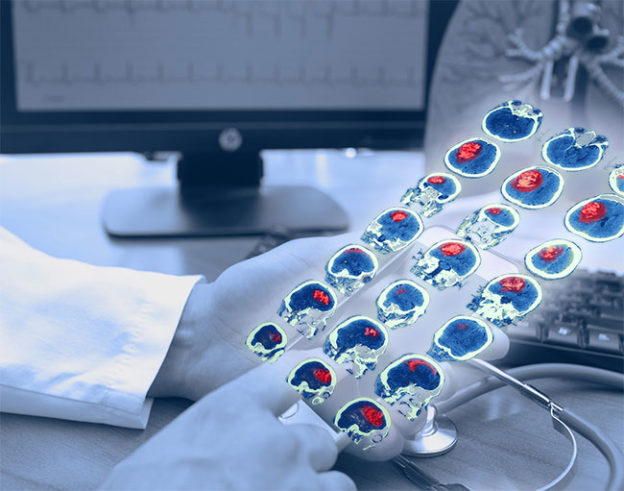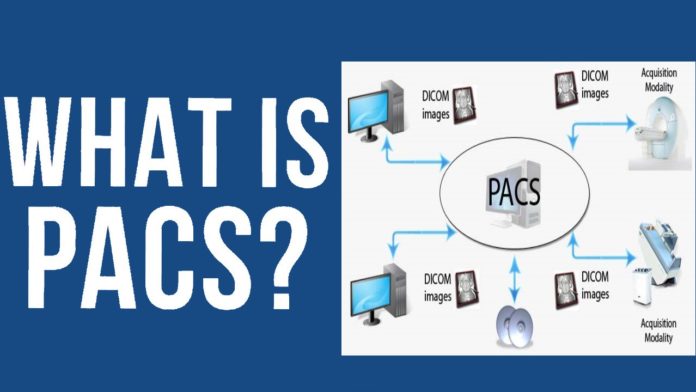In the ever-evolving world of medical imaging, Picture Archiving and Communication Systems (PACS) have become an integral part of healthcare facilities. This technology revolutionizes the way medical images are stored, accessed, and shared, providing numerous benefits to both healthcare providers and patients. In this post, we will delve into what is PACS, how it works, and its importance in modern healthcare.
What is PACS?
A PACS, or Picture Archiving and Communication System, is a comprehensive medical imaging technology that allows healthcare providers to securely store, retrieve, manage, and distribute digital medical images. It is a sophisticated system that replaces traditional film-based image storage and retrieval methods.
How does PACS work?
A PACS consists of several key components that work together seamlessly to facilitate the management of medical images. These components include:
a) Imaging modalities: These are the devices used to capture medical images, such as X-ray machines, CT scanners, MRI machines, and ultrasound systems. These modalities produce digital images that are sent to the PACS.
b) PACS server: This is the central hub of the system where all the digital images are stored. It acts as a repository for the images and provides secure access to authorized users.
c) Workstations: These are computers equipped with specialized software that allows healthcare providers to view, manipulate, and analyze the medical images stored in the PACS.
d) Network infrastructure: A PACS relies on robust network infrastructure, including servers, routers, and switches, to ensure seamless communication and data transfer between the various components of the system.

What are the benefits of using a PACS?
Using a PACS offers several advantages over traditional film-based image storage systems, including:
a) Efficient storage and retrieval: Digital images can be easily stored, retrieved, and accessed by healthcare providers, eliminating the need for physical film storage and manual retrieval processes.
b) Enhanced collaboration and communication: PACS allows healthcare professionals to easily share images with colleagues, regardless of their physical location. This promotes efficient collaboration and facilitates timely diagnosis and treatment planning.
c) Improved patient care: By providing instant access to medical images, PACS enables healthcare providers to quickly review patient history, compare images, and make more accurate diagnoses. This ultimately leads to improved patient care outcomes.
d) Cost and space savings: PACS eliminates the need for physical film storage, reducing costs associated with film processing, storage, and maintenance. It also frees up valuable physical space that would otherwise be occupied by bulky film archives.
Conclusion
A PACS is a powerful technology that has revolutionized the field of medical imaging. By enabling efficient storage, retrieval, and sharing of digital medical images, PACS improves the overall workflow of healthcare providers, enhances collaboration, and ultimately leads to better patient care. As technology continues to advance, we can expect PACS to evolve further, offering even more advanced features and capabilities in the future.
